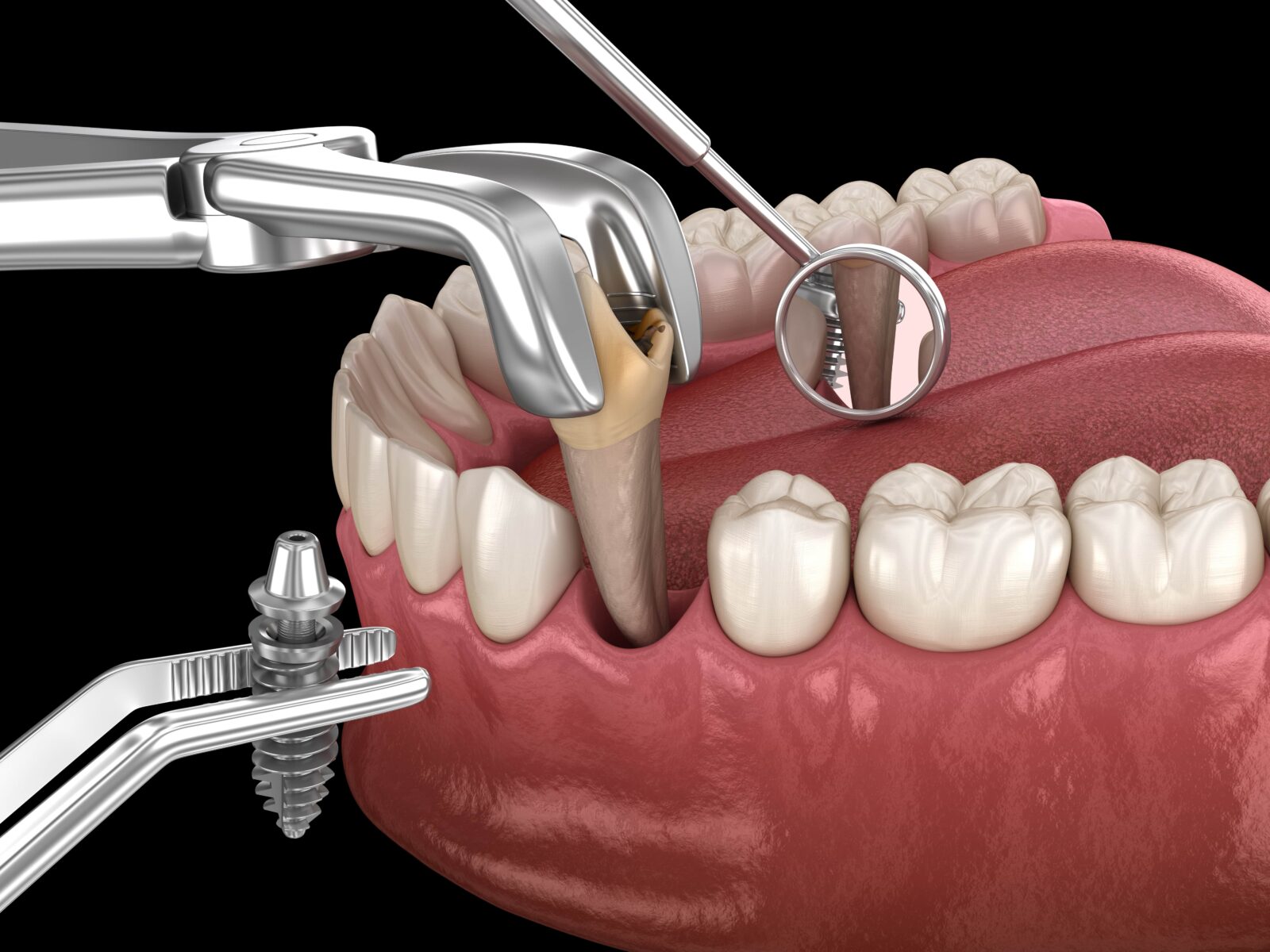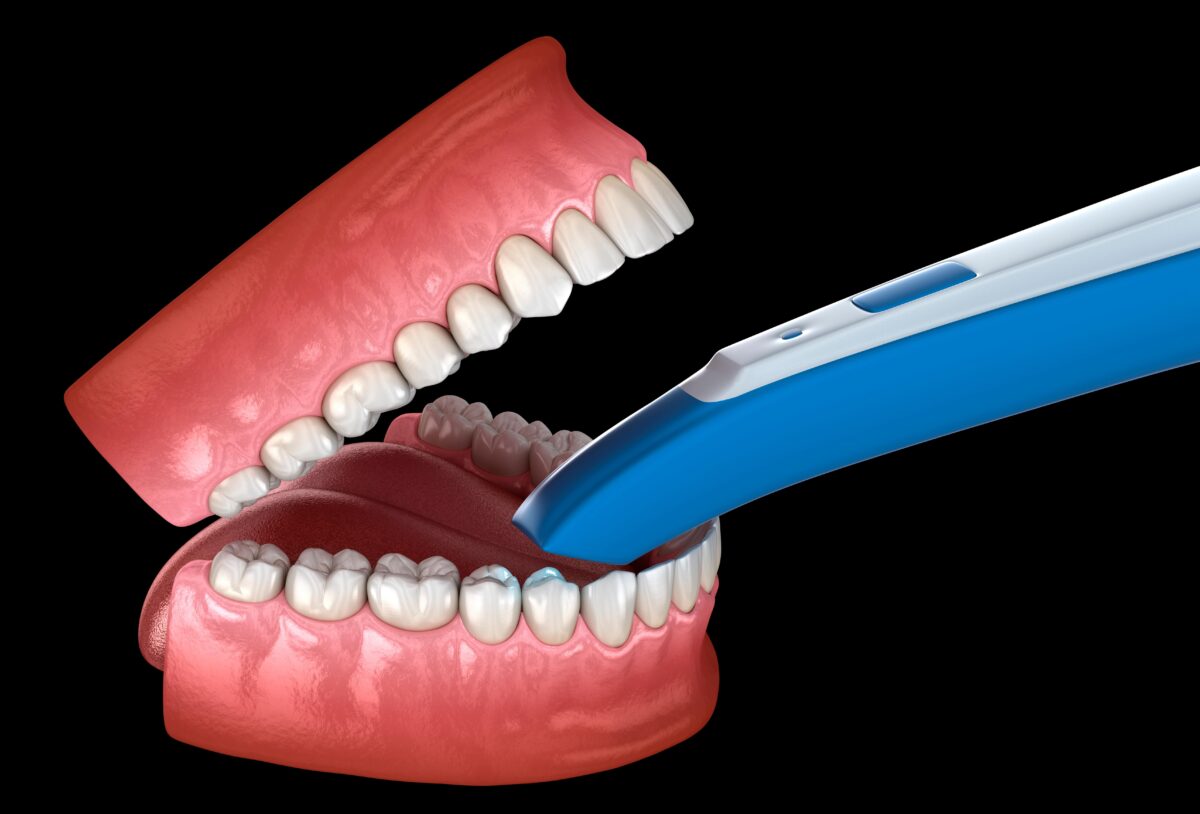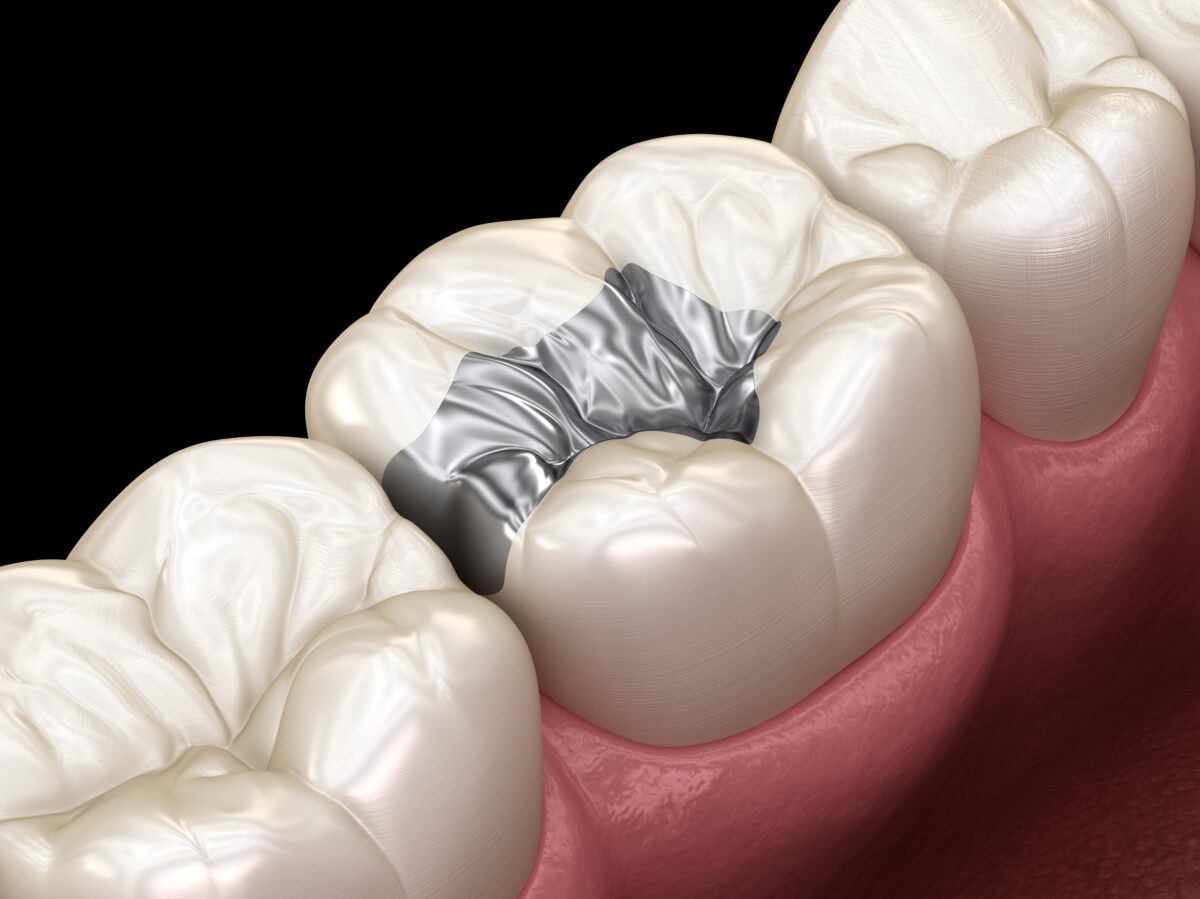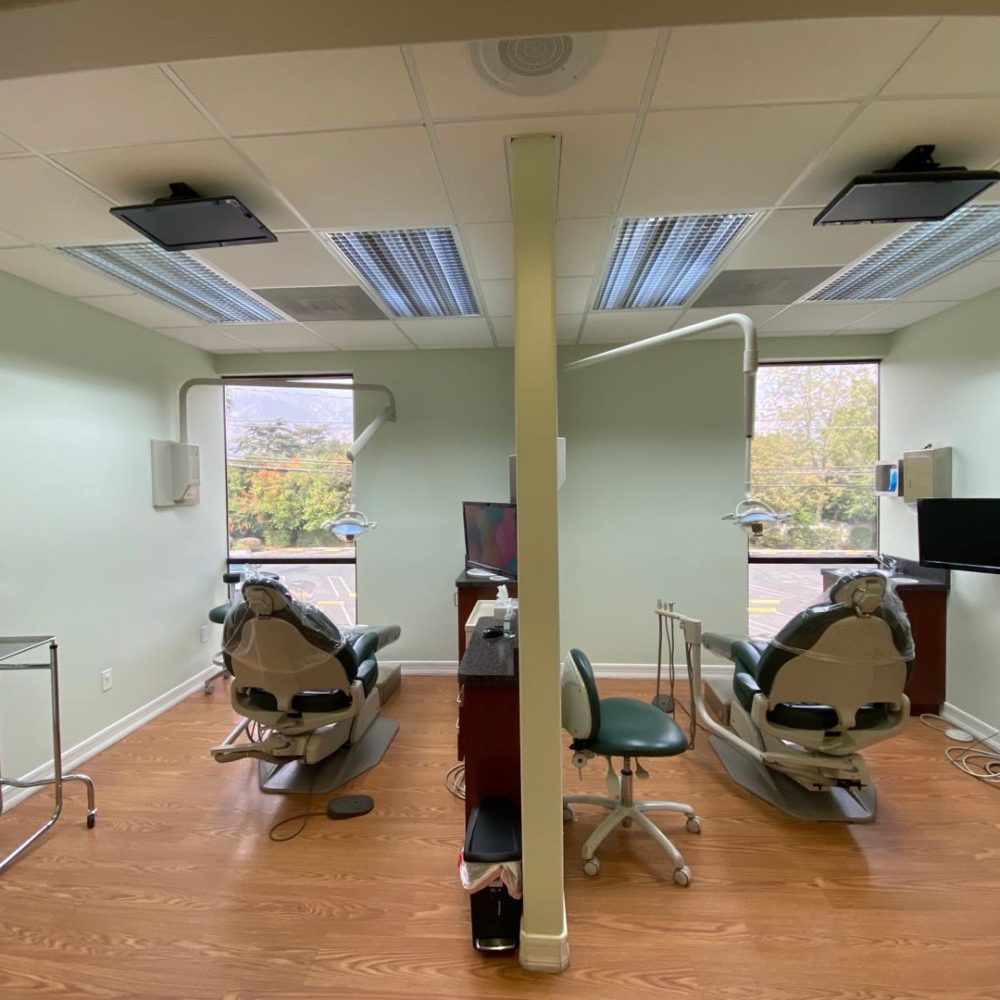If you have severely decayed, damaged, or loose teeth, then your dentist may recommend having dental implants placed. However, in order for you to have dental implants placed, your problematic teeth will first need to be extracted. Once the teeth have been removed, then your dentist can place dental implants in the spaces left behind. The location and number of extracted teeth will determine how many dental implants are needed to restore the extracted teeth. Dental implants can be used to support a crown, bridge, or denture, and these restorations all require a different number of implants.
Depending on the condition of your natural teeth, there are two different types of extractions that may be performed. The first is known as a simple tooth extraction and consists of your dentist using forceps and an elevator tool to lift the entire tooth out of the socket. The second type is known as a surgical extraction and consists of the affected tooth being broken into pieces before being removed one piece at a time. Simple extractions are generally used when the tooth can be removed altogether, whereas surgical extractions are used when the affected tooth is too damaged or decayed to remove in a single piece.
After having the necessary teeth extracted, there are three possible approaches your dentist can use for placing dental implants. Oftentimes, the recommended approach will depend on how much healthy bone mass is around the treatment area. Before your procedure, your dentist will take a CBCT scan of the area to determine which approach they believe is most beneficial for your individual case. These three approaches include:

Immediate Post-Extraction Implant Placement
With immediate post-extraction implant placement, you can have your dental implants placed during the same procedure as your tooth extraction. In order to be an ideal candidate for immediate post-extraction implant placement, however, your jaw must have enough bone mass to support the implant. Because of this, not everyone is an ideal candidate for immediate post-extraction implant placement, especially if they have suffered bone loss in the jaw.
Delayed Immediate Post-Extraction Implant Placement
Delayed immediate post-extraction implant placement refers to implants that are placed anywhere from 2 weeks to 3 months after an extraction. This approach allows the soft and hard tissues around the extraction site to heal before the implant is placed. Since two-thirds of bone resorption occurs within the first 3 months after an extraction, this approach also aims at preserving bone mass in the jaw.
Late Implantation
Late implantation refers to dental implants that are placed 3 months or more after the initial tooth extraction. This approach is generally used when there is not enough bone mass in the jaw to properly support the implant. Therefore, supplemental procedures such as a bone graft or sinus lift are performed in order to build up bone mass in the affected area. Since it takes an average of 3-6 months for new bone to grow, the dental implants can only safely be placed 3-6 months after the extraction, once there is enough bone mass.





